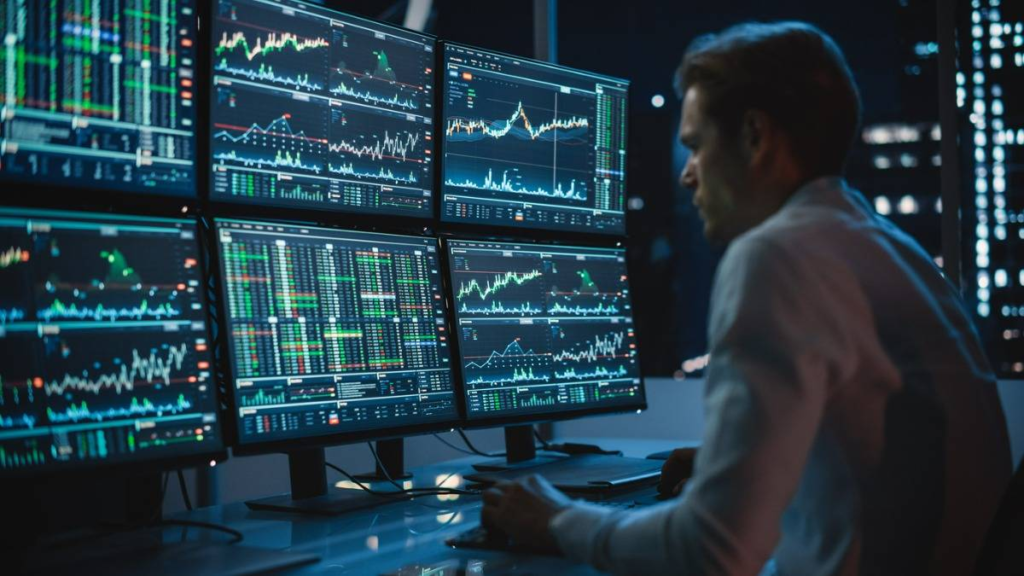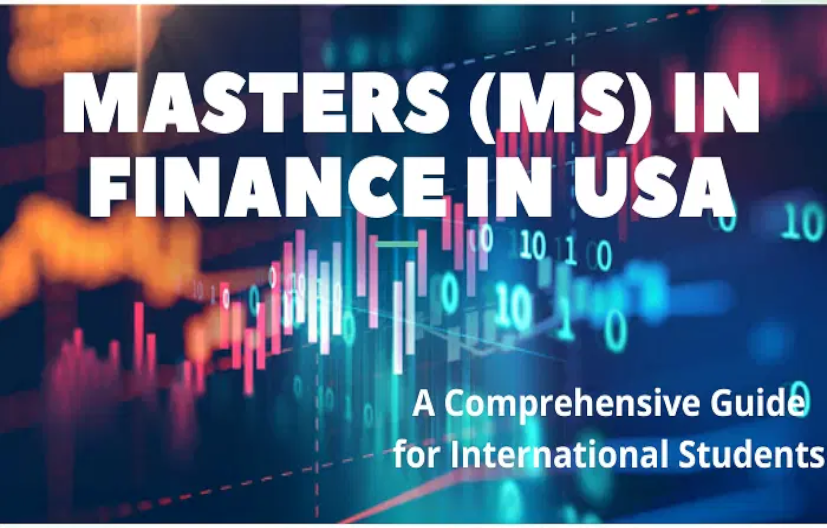Global Economy: Navigating Uncertainty
As the world continues to grapple with economic challenges, the global economy is navigating a complex landscape of uncertainty. High inflation rates, rising interest rates, and geopolitical tensions have become defining features of the current economic environment. Central banks, particularly in the United States and Europe, are under pressure to balance the need to curb inflation with the risk of triggering a recession.
In the United States, the Federal Reserve has been aggressively raising interest rates to combat inflation, which reached a multi-decade high earlier this year. While the Fed’s actions have started to cool down inflation, they have also raised concerns about a potential economic slowdown. The U.S. economy has shown resilience, with strong job growth and consumer spending, but there are signs that the pace of growth is slowing. Businesses are becoming more cautious, with some companies announcing layoffs and hiring freezes as they brace for a possible downturn.

In Europe, the European Central Bank (ECB) is facing a similar dilemma. Inflation in the eurozone has been driven by rising energy prices, exacerbated by the conflict in Ukraine. The ECB has raised interest rates to combat inflation, but the region’s economic outlook remains fragile. The energy crisis has hit European businesses hard, particularly in energy-intensive industries like manufacturing. There is growing concern that the eurozone could slip into recession, especially if energy prices continue to rise or if the conflict in Ukraine escalates.
In Asia, China’s economy is showing signs of slowing down after decades of rapid growth. The Chinese government has implemented strict measures to control the COVID-19 pandemic, including lockdowns in major cities, which have disrupted supply chains and dampened consumer demand. Additionally, the real estate sector, a key driver of China’s economic growth, is facing a crisis as several large property developers struggle with debt. These challenges are raising questions about China’s long-term economic prospects and its role as a global growth engine.

Financial Markets: Volatility and Opportunity
Financial markets have been marked by volatility in recent months as investors react to a mix of economic data, corporate earnings reports, and geopolitical events. Stock markets around the world have experienced sharp swings, with technology stocks being particularly hard-hit. The Nasdaq Composite, which is heavily weighted with tech companies, has seen significant declines as investors reassess the valuations of high-growth companies in an environment of rising interest rates.
Despite the volatility, there are opportunities for investors who are willing to navigate the uncertainty. Some sectors, such as energy and commodities, have performed well amid rising prices for oil, natural gas, and metals. Companies involved in renewable energy and electric vehicles are also attracting attention as the world transitions to a more sustainable economy. In addition, value stocks—companies with strong fundamentals that are trading at relatively low valuations—are seeing renewed interest from investors who are looking for stability in uncertain times.
Cryptocurrencies have also experienced significant turbulence, with prices of major digital assets like Bitcoin and Ethereum plunging from their all-time highs. The crypto market has been hit by a series of regulatory crackdowns, security breaches, and concerns about the environmental impact of cryptocurrency mining. However, proponents of blockchain technology remain optimistic about its long-term potential, particularly in areas like decentralized finance (DeFi) and non-fungible tokens (NFTs).
Corporate Landscape: Mergers, Acquisitions, and Innovation
The corporate world has been shaped by a wave of mergers and acquisitions (M&A) as companies look to consolidate their positions in a competitive marketplace. In the technology sector, major players are acquiring smaller firms to expand their capabilities in areas like artificial intelligence, cloud computing, and cybersecurity. The semiconductor industry, in particular, has seen significant M&A activity as companies seek to secure their supply chains and develop new technologies.
In the consumer goods sector, companies are increasingly focusing on sustainability as consumers become more conscious of the environmental impact of their purchases. Major brands are investing in eco-friendly products, packaging, and supply chain practices to meet the growing demand for sustainable goods. This trend is also driving innovation, with startups developing new materials and technologies that reduce waste and carbon emissions.

The healthcare industry is another area of intense activity, with pharmaceutical companies pursuing mergers to expand their drug pipelines and access new markets. The COVID-19 pandemic has accelerated the adoption of digital health technologies, such as telemedicine and remote monitoring, which are transforming how healthcare is delivered. Companies that are at the forefront of these innovations are attracting significant investment as they seek to capitalize on the growing demand for digital health solutions.
The Future of Work: Hybrid Models and Workforce Transformation
The pandemic has had a profound impact on the way people work, with remote and hybrid work models becoming the new norm for many businesses. As companies transition to these new models, they are also rethinking their approaches to talent management, workplace culture, and employee well-being. The shift to remote work has opened up new opportunities for businesses to access talent from around the world, but it has also created challenges in terms of collaboration, communication, and maintaining a cohesive company culture.
Many companies are adopting a hybrid work model, where employees split their time between working from home and in the office. This model offers flexibility for employees while allowing businesses to maintain a physical presence and foster in-person collaboration. However, it also requires companies to invest in technology and infrastructure to support remote work and ensure that employees have the tools they need to be productive.
Workforce transformation is also being driven by the rapid pace of technological change. Automation, artificial intelligence, and machine learning are reshaping industries and creating new job opportunities, but they are also displacing traditional roles. Companies are investing in reskilling and upskilling programs to help employees adapt to these changes and prepare for the jobs of the future.